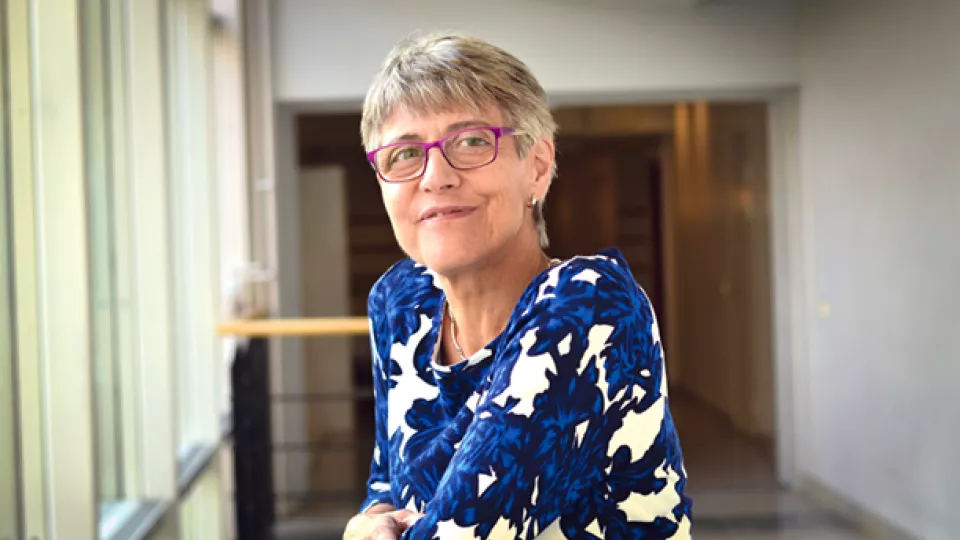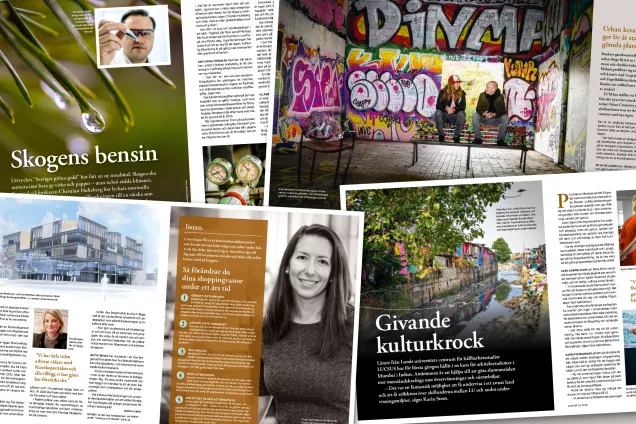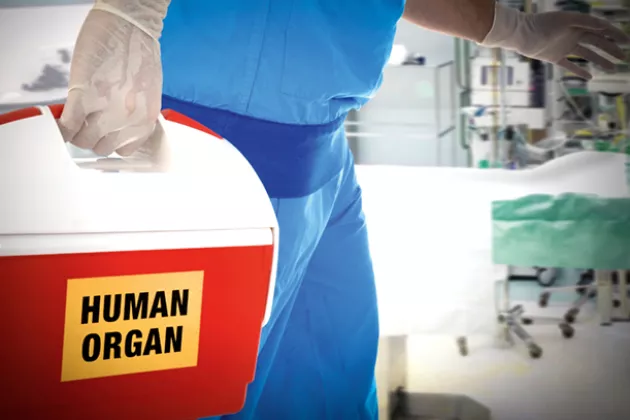Carita Håkansson fell ill around just 40 years of age. When her stomach started growing doctors discovered she had several cysts on her liver causing it to compensate by continually increasing in size. In the end, her stomach had swollen so much she looked 9 months pregnant.
“My liver had filled my entire abdomen and my other organs were pushed aside. When my lungs and heart ended up pressed together I started having trouble breathing and my life became very limited.”
But Carita Håkansson still wasn’t sick enough to be considered for a liver transplant; the doctors indicated this was something she’d just have to learn to live with. However, after a trip abroad, everything changed. Carita Håkansson fell extremely ill and after doctors initially suspecting a case of traveller’s diarrhoea it became apparent that she was suffering from lethal sepsis.
“Apparently, my stomach had become so congested that my own intestinal bacteria had travelled out into my abdomen and into a cyst.”
She recovered after two months in hospital and doctors wanted to put her on the waitlist for a transplant. Despite having been so ill, she found the decision difficult. The danger was that the liver could have attached itself to other organs and there was a risk she wouldn’t survive the operation.
“Many of the people around me thought it was obvious I should put myself on the waitlist but I was thinking of my children and family and what would happen if I died. It took time to reach my own decision.”
She had just started as a new research group leader when she became seriously ill and was forced to take several months off work. It turned into a long involuntary break.
“In the research world you have to be quick on your feet and successful but when you are really sick you re-evaluate what is important.”
By Christmas 2016 Carita Håkansson’s condition was getting more and more serious and when the hospital called in March 2017 to say that a liver had become available she was more than ready. The transplant went well and the only complication was that the surgeons had to build an artificial support for the new liver due to the large empty space left behind by the old one.
“I didn’t receive any information about the recovery process or what my everyday life would be like after the transplant. However, since I’d come across Anna Forsberg’s articles on the postoperative period, I had an idea of what to expect.”
Carita Håkansson started working full-time six months after the transplant. Now, 18 months after the operation, her life is better than ever before. Her mobile alarm alerts her twice a day so she doesn’t forget to take the vital anti-rejection medications.
“Something I enjoy, despite being a seemingly insignificant thing given the circumstances, is being able to wear regular clothes and not having to buy maternity clothes anymore. I think about my donor every day and what a gift I’ve been given. I don’t feel like I’ve got my life back – I feel like I’ve been given a completely new life. Now it’s just amazing!”




